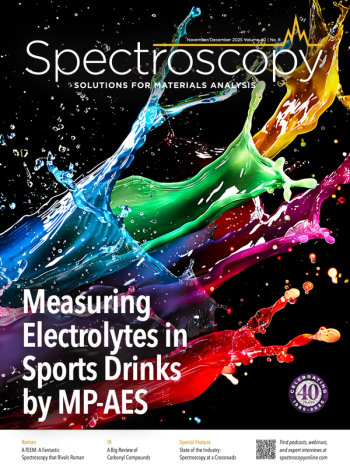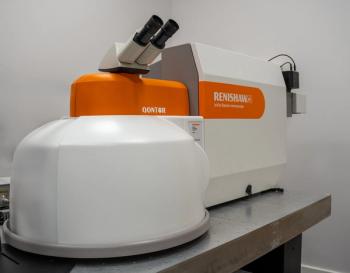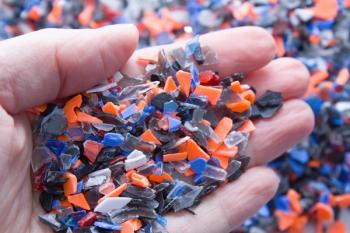
Suitcase-size Spectrometer Detects Earthquakes and Lactose Intolerance
A team led by physicist Manfred Fink of the University of Texas at Austin is developing a small spectrometer that may improve earthquake detection and bring down the cost of some medical tests.
A team led by physicist Manfred Fink of the University of Texas at Austin is developing a small spectrometer that may improve earthquake detection and bring down the cost of some medical tests. The instrument is reportedly less expensive than larger models.
According to a report in Scientific American, Fink’s device, which is about the size of a suitcase, does not measure the entire light spectrum, but only one featured line containing the known signature for a target molecule. Inside the device, called the “Analytic Non-Dispersive Raman Spectrometer,” is a small diode laser whose light beam bounces between two concave mirrors to amplify its power. This light amplification also increases the sensitivity of the device, making it possible to measure impurities in parts per billion.
Deploying the spectrometer in concert with seismographs could predict earthquakes as much as 45 minutes in advance. Seismographs have trouble distinguishing quake tremors from those that come from other sources, like construction. A spectrometer, however, could detect unusual proportions of gases released by seismic activity into hot springs and fissures in the ocean floor, which might indicate a coming quake.
Other researchers are looking into medical applications for the device. Shirish Barve, a gastroenterologist at the University of Louisville (Louisville, Kentucky), is testing whether it can monitor liver disease by analyzing patients’ breath, and Fink says the device may also be used to detect lactose intolerance in newborns.
Newsletter
Get essential updates on the latest spectroscopy technologies, regulatory standards, and best practices—subscribe today to Spectroscopy.



